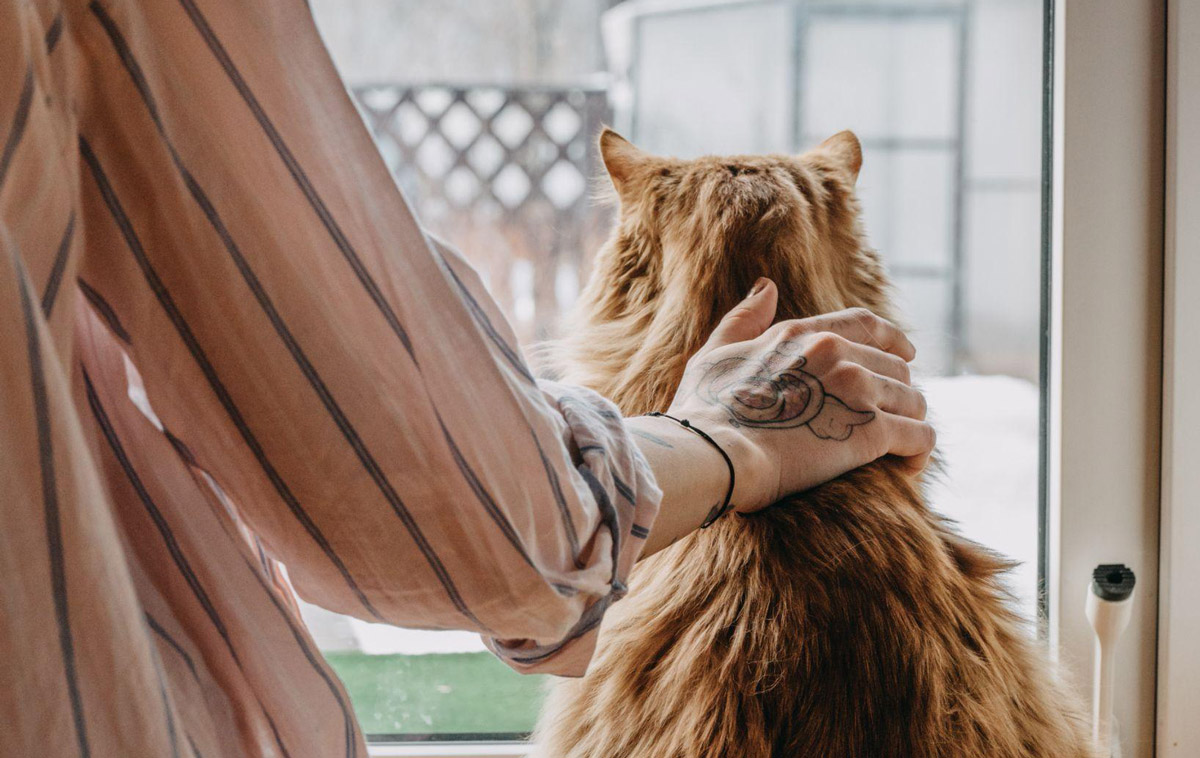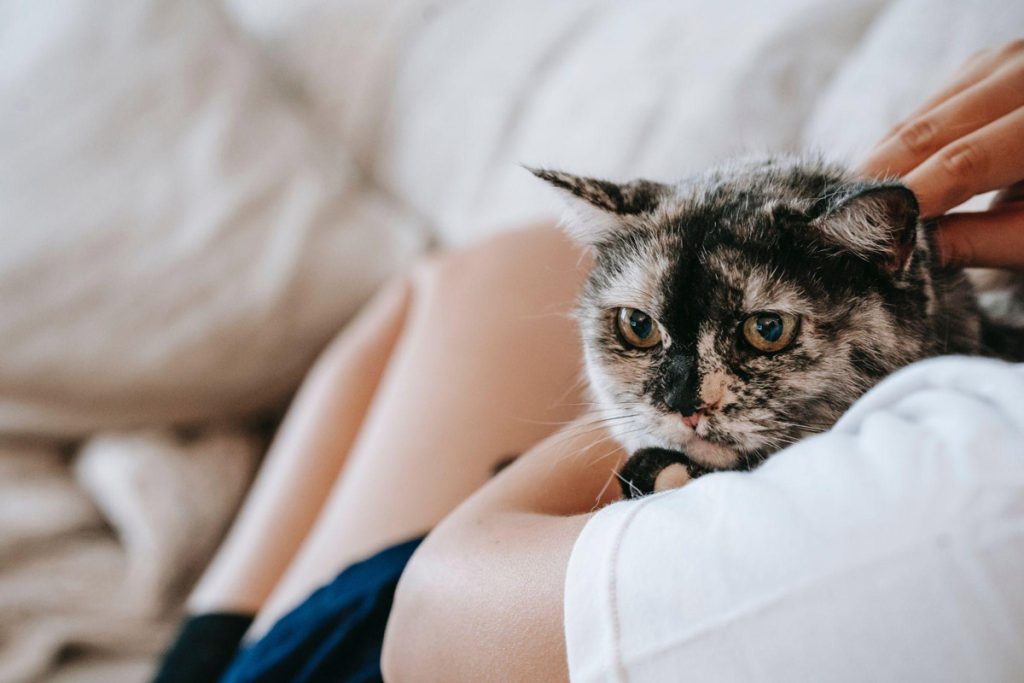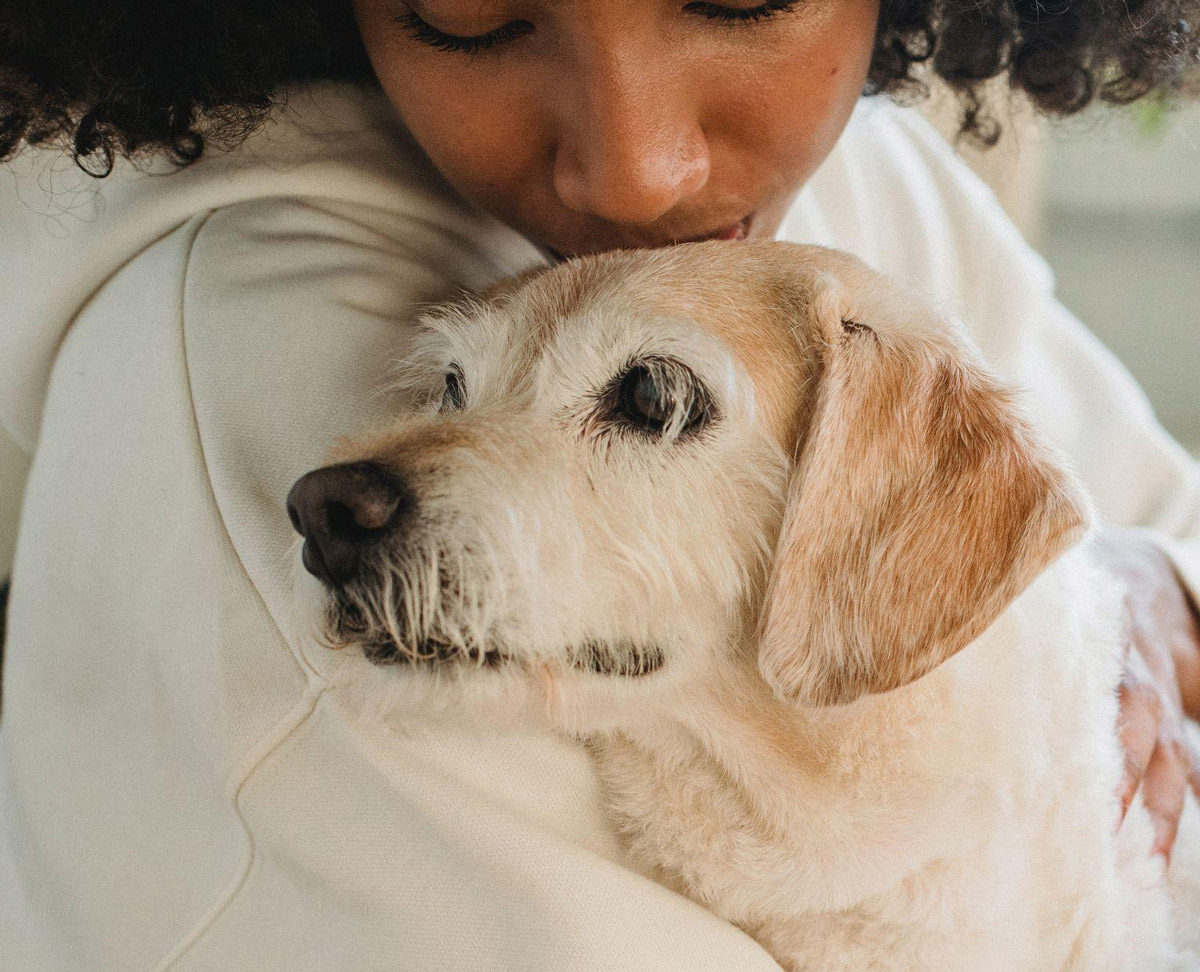Source: Samson Katt
In our daily lives as humans, stress is an ever-present factor that can often feel overwhelming. We strive to find ways to manage our stress levels and maintain a sense of calm and well-being.
However, amidst our own worries and anxieties, we must not overlook the fact that our cherished furry companions can also experience similar feelings of anxiety.
Although they are unable to vocalise their emotions and concerns, it is crucial for us, as responsible pet owners, to understand the reasons behind their anxiety and equip ourselves with strategies to promote their overall calmness and stress-free existence.
What causes them to feel anxiety?
Anxiety in pets can stem from various factors, and it is essential to identify the common causes that may contribute to their distress. While every pet is unique, several triggers tend to be prevalent across different animals.

Source: Dmitriy Ganin
Separation: Pets and their owners have a strong emotional bond, and sudden separation can be emotionally difficult for them. As a result, when pets are accustomed to constant companionship and are suddenly faced with long periods of separation, they may begin to engage in destructive behaviour like destructive chewing, scratching or urinating.
Fear: Anxiety that is induced by fear could stem from loud noises, people, or threatening and frightening environments. These triggers can instigate a sense of fear and unease in pets, leading to anxiety-related responses.
Illness: Health issues could trigger anxiety for senior pets where all their senses start to decline as they age. This is often associated with a condition known as cognitive dysfunction syndrome (CDS), which affects cognitive abilities.
Symptoms
When trying to spot anxiety in your pet, it’s important to be attentive to certain behavioural signs that may indicate their distress.
- Excessive barking/howling
- Trembling/shaking
- Avoidance
- Restlessness
- Excessive panting or pacing
- Aggressiveness
- Urinating or defecating indoors
- Tail-chasing and circling
Pets with anxiety may exhibit compulsive behaviour such as tail-chasing and circling; this behaviour, if repeated, is a sign of the pet’s self-soothing mechanisms and an attempt to find comfort and alleviate their anxiety.
When pets with anxiety urinate or defecate indoors, it is an indication that they are disregarding their housetraining. This behaviour can occur when their stress levels are elevated and they struggle to effectively control their bodily functions.
Aggression is a particularly concerning symptom of anxiety, as it poses a direct risk of causing harm to others. When anxious pets exhibit aggressive behaviours such as snarling, snapping, or biting, it is critical to step away to ensure the safety of all individuals, and if the aggression persists, seek professional help from a veterinarian or animal behaviourist.
Strategies to calm your pet

Source: Sam lion
1. Safe environment
To help pets cope with fear stemming from loud noises or unfamiliar situations, it is essential to provide them with a safe and secure space. This can be achieved by creating a designated area in your home that is away from loud noises and other stress-inducing factors. Place their bed or a comfortable blanket in a quiet corner where they can retreat when they feel anxious or overwhelmed.
2. Physical/Mental stimulation
Engaging your pet in physical and mental stimulation can help keep them busy and alleviate stress. Provide them with stuffed treat toys or puzzle toys that offer mental challenges. These interactive toys can keep their minds occupied and provide a positive outlet for their energy.
3. Calming tools
Music has been shown to effectively lower dogs’ heart rates and alleviate symptoms of stress. So when you feel like your pet is feeling anxious, try playing some calming music to calm them down. Another option to help calm your anxious pet is to explore aromatherapy. Using veterinarian-approved essential oils and gently applying them to your pet can provide a soothing effect.
4. Maintaining a consistent routine
Establishing a schedule can provide a sense of comfort and security for your pet. Consistency in maintaining their routine helps prevent confusion and minimizes stress. Avoiding sudden changes in their schedule reduces the likelihood of inducing stress, so it’s important you stick to the scheduled time with your pet.
5. Physical touch
In times of stress, the power of touch can work wonders for your pet. Offering your furry friend plenty of physical intimacy and cuddling sessions can provide the comfort they need to relax and unwind.
Closing thoughts
Handling pet anxiety is important to promote a stress-free life for our beloved pets. Understanding the common causes of anxiety and recognising the symptoms are important steps in providing the necessary care. So let us support our pets’ emotional well-being and ensure that our furry friends live the best, anxiety-free lives possible!












